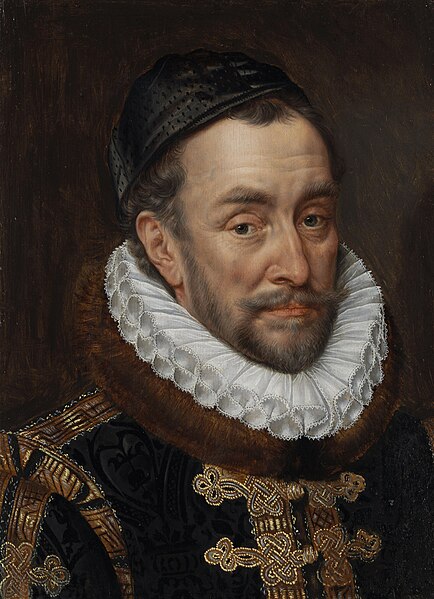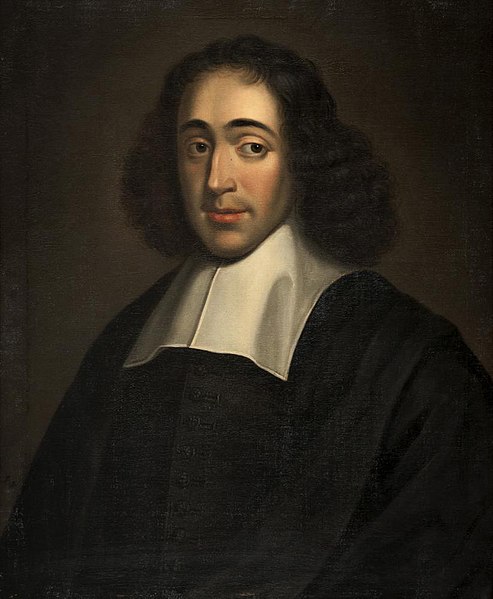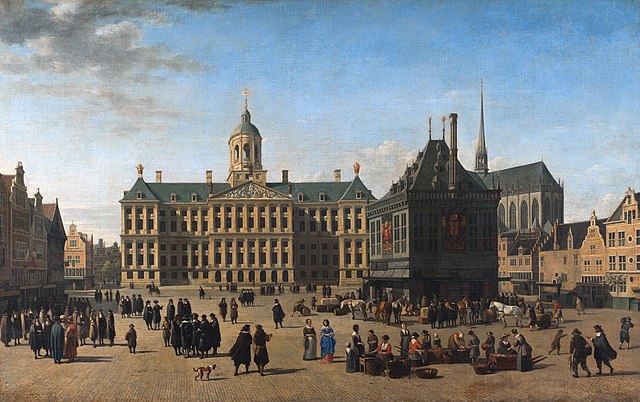Low Countries theatre of the War of the First Coalition
The Low Countries theatre of the War of the First Coalition, in British historiography better known as the Flanders campaign, was a series of campaigns in the Low Countries conducted from 20 April 1792 to 7 June 1795 during the first years of the War of the First Coalition. As the French Revolution radicalised, the revolutionary National Convention and its predecessors broke the Catholic Church's power (1790), abolished the monarchy (1792) and even executed the deposed king Louis XVI of France (1793), vying to spread the Revolution beyond the new French Republic's borders, by violent means if necessary. The First Coalition, an alliance of reactionary states representing the Ancien Régime in Central and Western Europe – Habsburg Austria, Prussia, Great Britain, the Dutch Republic, Hanover and Hesse-Kassel – mobilised military forces along all the French frontiers, threatening to invade Revolutionary France and violently restore the monarchy. The subsequent combat operations along the French borders with the Low Countries and Germany became the primary theatre of the War of the First Coalition until March 1796, when Napoleon took over French command on the Italian front.

Prussian troops enter Amsterdam, 1787
York's attack on Valenciennes
Positions of the armies in early April 1794, at the start of the 1794 campaign First Coalition forces French Republic forces
Battle of Mouscron (29 April 1794), painted by Charles Louis Mozin (1839)
The United Provinces of the Netherlands, officially the Republic of the Seven United Netherlands, and commonly referred to in historiography as the Dutch Republic, was a confederation that existed from 1579 until the Batavian Revolution in 1795. It was a predecessor state of the present-day Netherlands, and the first independent Dutch state. The republic was established after seven Dutch provinces in the Spanish Netherlands revolted against Spanish rule, forming a mutual alliance against Spain in 1579 and declaring their independence in 1581. It comprised Groningen, Frisia, Overijssel, Guelders, Utrecht, Holland, and Zeeland.
William of Orange, by Adriaen Thomasz Key.
Anonymous portrait of the Dutch philosopher Baruch Spinoza. He was of Portuguese-Jewish origin.
The Amsterdam Stock Exchange, by Job Adriaenszoon Berckheyde
Dam Square in the late 17th century: painting by Gerrit Adriaenszoon Berckheyde








